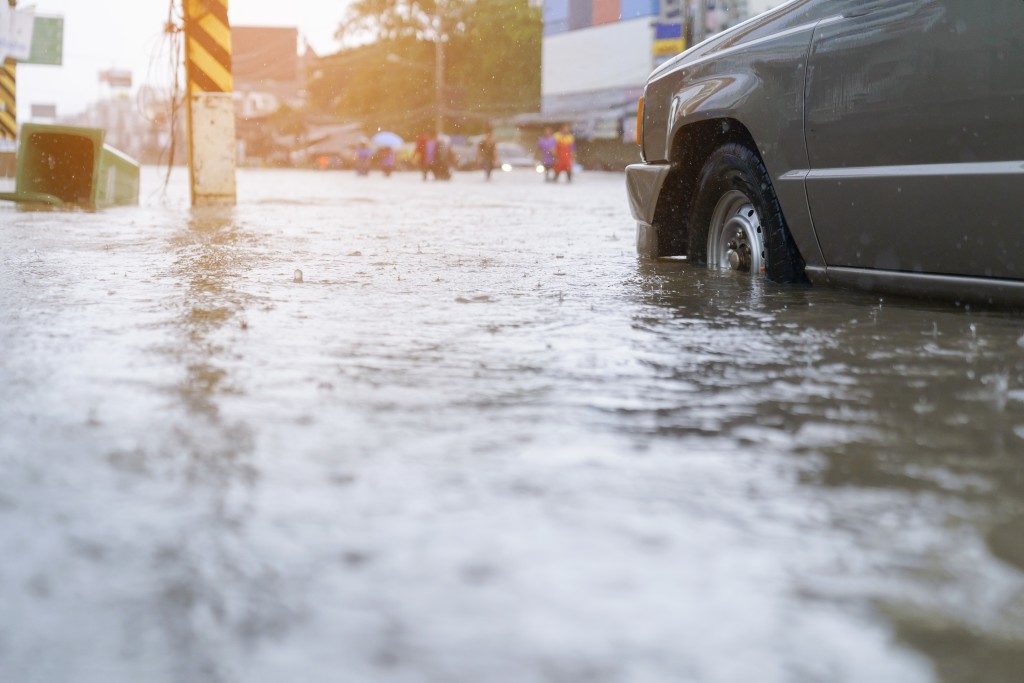Various methods of control are in place in countries where rivers are prone to flooding. Systematic and careful flood control management in New Orleans is helping and protecting communities from the damages caused by rising water levels. Still, defense can fall when the unexpected happens. As such, preventive and protective efforts must be reviewed and updated periodically.
Causes of flooding
Winds of extreme speeds over water can bring a surge so huge it can wipe out communities. A storm surge can be deadly. A flash flood can bring a sudden and explosive flow of turbulent water from the mountains to the plains without a warning. A tsunami can arise after an earthquake and invade the shore flow inland leaving a rubble of homes and buildings at its wake. These extremes do not happen often, but when they do, they leave a trail of unimaginable carnage.
Floods that people deal with every day are due to less shocking events such as heavy precipitation, surface runoff, melting snow, or unusually high tides. Once or twice a year, big rivers flood the surrounding plains. In some areas, the soil cannot absorb excess fluid from heavy rains and local bodies of water. Some floods creep into people’s homes due to failure of man-made water-holding structures such as dams and reservoirs.
Dealing with rising rivers, seas, and excessive surface water
Many dikes have been standing for hundreds of years and continue to protect modern settlements. Barrier islands and sea walls are some of the standard protective measures against coastal flooding. Low-head dams or weirs have successfully prevented the recurrence of historically singular floods that caused catastrophic damage. Where rivers overflow their banks once or twice a year, governments have already installed reservoirs, levees, and similar structures to accommodate the additional volume that would otherwise encroach on people’s homes, farms, and planted fields.
Protecting communities from floods
Today, the emphasis is leaning toward preventing floods. Not taking into account natural disasters that occur without a warning, we can predict certain floods. If they can be predicted, we can implement measures to protect lives and property. It starts with identification of at-risk areas and populations.
A systematic appraisal of risk is critical, and it should serve as basis for identification of the most appropriate measures to shield the area and its residents from the effects of flooding. Long-term measures must be established as soon as possible, especially in high-risk and highly populated regions. A concerted effort from local, state, and federal authorities should result in identification and implementation of appropriate measures, such as the building of necessary infrastructure. A campaign for awareness and monitoring programs must be in place as well.
The United States experiences many instances of flooding. Recently, we have seen events that have shaken Americans to their core, and the fear of another great and catastrophic deluge is difficult to shake off. There are preventative measures that we can take if we know which areas are at risk. It is possible to protect American citizens from future flooding and related disturbances if we take the necessary measures now.
